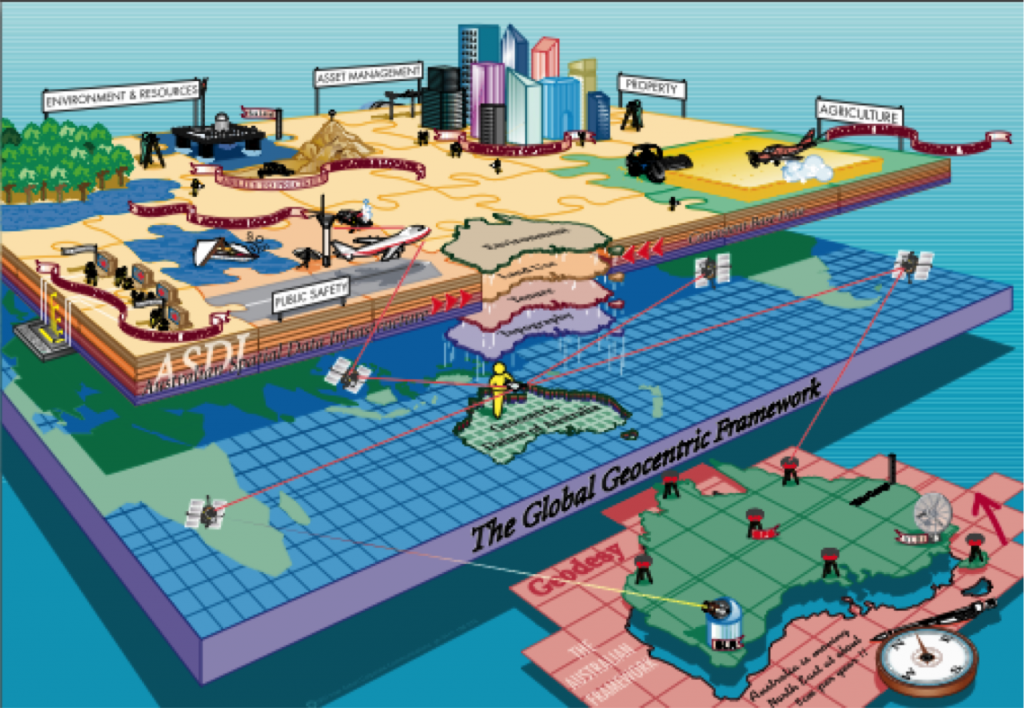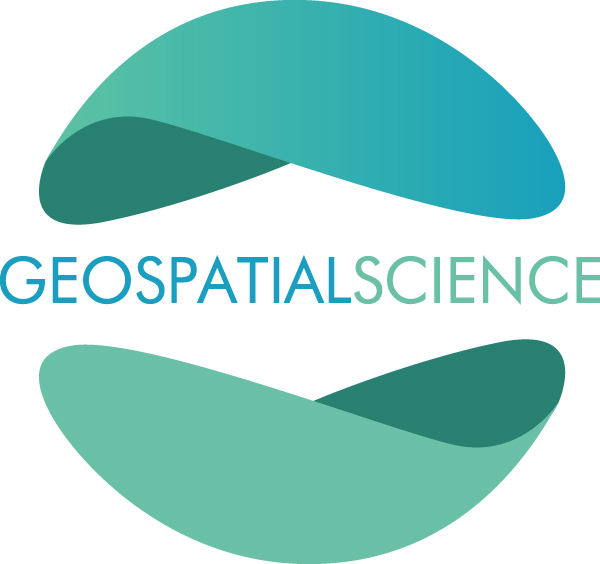What is surveying and spatial science?
 Surveying is related to the broad areas of spatial science or geospatial science. Spatial means “the relative place or location of something”. Geospatial science helps to understand the relationship between the community and the environment to help predict trends and patterns. Surveying is first done to establish the boundaries, and spatial technologies are used to interpret and report on the data.
Surveying is related to the broad areas of spatial science or geospatial science. Spatial means “the relative place or location of something”. Geospatial science helps to understand the relationship between the community and the environment to help predict trends and patterns. Surveying is first done to establish the boundaries, and spatial technologies are used to interpret and report on the data.
This data is used whenever we search on Google Maps or track a location on a GPS unit. Other spatial professionals will use the data to help establish trends or predict changes to the environment, such as the spread of the Queensland floods in 2011.
The main types of surveying specialisations are land, mining, engineering and hydrographic. Other spatial science fields include geodesy, topographic surveying, remote sensing and Geographic Information Systems (GIS).
What Does a Career in Geospatial Science Look Like?
For something that not many people have heard of, geospatial science sure does have a big impact on our day-to-day lives. That’s why students who love geography, IT and design may be surprised and fascinated to learn of this potential study and career path.
This career path could take many different paths. You can specialise in GIS – geographic information systems – and offer technical support in fields like urban planning, market research, event management and much more.
Check out the video below from Geospatial Science. In it, Lee Hellen of Land Solution Australia takes you through some of the connections between surveying and geospatial science – and breaks down what geospatial scientists can do.

